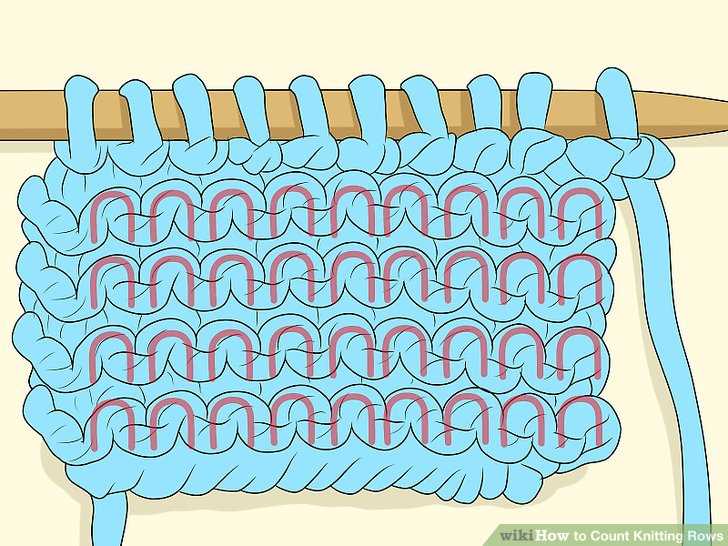
Knitting is a popular craft that involves creating fabric by interlocking loops of yarn with knitting needles. It allows for the creation of a wide range of textiles, from cozy sweaters to intricate lace designs. One important concept in knitting is “working in pattern,” which refers to following the specific instructions for a particular stitch pattern throughout a project.
When working in pattern, knitters must carefully follow the instructions provided in the pattern to achieve the desired result. This may include specific combinations of knit and purl stitches, as well as instructions for increases, decreases, and pattern repeats. By paying close attention to these instructions, knitters can create intricate and beautiful designs that are unique to their project.
Working in pattern requires focus and concentration, as even a small mistake can disrupt the overall symmetry and appearance of the fabric. It is important to carefully read and understand the instructions before beginning a project. Knitters often use stitch markers or highlighters to keep track of their progress and ensure they are following the pattern correctly.
Whether you are a beginner or an experienced knitter, working in pattern is an essential skill to master. It allows you to create complex and visually appealing designs, and adds a sense of accomplishment to your knitting projects. So next time you pick up your knitting needles, take the time to carefully work in pattern and watch as your project comes to life stitch by stitch.
Understanding the concept of work in pattern

When it comes to knitting, the concept of “work in pattern” refers to the instructions or pattern that you follow while knitting a particular project. It is essentially the set of directions that guide you as you create your knitted item. Understanding and following the work in pattern is crucial for successfully completing your project and achieving the desired outcome.
The work in pattern typically includes specific instructions for each row or round, such as the type of stitch to be used, the number of stitches to cast on or bind off, and any increases or decreases that need to be made. It may also include details about shaping, color changes, or any other specific techniques required for the project. Following the work in pattern ensures that each row or round is done correctly and that the overall design of the knitted item is maintained.
For example:
- The work in pattern for a simple garter stitch scarf might be to knit every row.
- In a more complex Fair Isle sweater pattern, the work in pattern may involve knitting with multiple colors and following a chart for the colorwork design.
- A lace shawl pattern might have a more intricate work in pattern, with instructions for different lace stitch patterns and increases or decreases to create the lace motifs.
It is important to carefully read and understand the work in pattern before starting your project. Make sure you are familiar with any special stitches or techniques required, and have the necessary skills to execute them. Pay attention to any specific stitch counts or measurements mentioned in the pattern, as these can greatly affect the final outcome of your project. By understanding and following the work in pattern, you can ensure that your knitted item turns out as intended and that you have a successful knitting experience.
The Importance of Working in Pattern
Working in pattern is a crucial aspect of knitting that ensures consistency and cohesion in the finished piece. When following a knitting pattern, it is important to maintain the correct stitch arrangement and tension throughout the project. This helps to create a professional-looking garment or item and prevents any noticeable variations in the knitting.
Following the pattern accurately: Knitting patterns provide instructions for each row or round, specifying which stitches to make and how many of them. By working in pattern, knitters are able to create the desired design, whether it’s a simple stockinette stitch or a complex lace pattern. Following the pattern accurately also helps to ensure that the finished item matches the desired measurements and fit.
Consistency in texture and appearance: Working in pattern ensures that the texture and appearance of the fabric remain consistent throughout. This is particularly important when knitting garments or accessories, as any irregularities can be clearly visible. By maintaining a consistent tension and stitch placement, the knitter can achieve an even and uniform fabric.
- Preventing mistakes: Following a knitting pattern and working in pattern reduces the likelihood of making mistakes. The instructions in a pattern guide the knitter through each step, making it easier to keep track of progress and minimize errors. Without working in pattern, it can be easy to miss a stitch or make an incorrect variation, resulting in a project that needs to be unraveled and restarted.
- Creative possibilities: While it is important to follow a pattern accurately, working in pattern also allows for creativity and personalization. Knitters can experiment with different colors, yarns, or stitch variations within the structure of the pattern, adding their own unique touch to the finished item.
In conclusion, working in pattern is essential for achieving a professional and consistent result in knitting. By following the instructions carefully and maintaining a consistent tension and stitch placement, knitters can create beautiful, well-fitted garments and accessories. It also helps to minimize mistakes and allows for creative experimentation within the framework of the pattern.
How to work in pattern
Working in pattern is an essential skill when it comes to knitting. It refers to following the instructions of a specific stitch or stitch pattern repeatedly throughout a project. This allows for consistency and uniformity in the final result.
When starting a knitting project, it is important to carefully read through the pattern instructions to understand the stitch pattern and any relevant abbreviations. The pattern will typically provide a set of repeatable rows or rounds that need to be followed.
Here are some steps to help you work in pattern:

- Once you have a clear understanding of the pattern and stitch pattern, start by casting on the required number of stitches.
- Begin working the first row or round according to the instructions provided in the pattern. This may involve knitting, purling, increasing, decreasing, or other specified stitches.
- Continue working each subsequent row or round, repeating the stitch pattern as directed. Pay attention to any changes or variations indicated in the pattern.
- Use stitch markers to help keep track of pattern repeats if necessary. This can be especially useful for complex or intricate stitch patterns.
- Keep a careful eye on your knitting to ensure that you maintain the correct stitch count and tension throughout the project. Mistakes in the pattern can affect the overall appearance of the finished piece.
- If the pattern includes shaping or other modifications, make sure to follow the instructions provided for those sections while still keeping the stitch pattern consistent.
- Continue working in pattern until the desired length or shape is achieved, following any finishing instructions as specified in the pattern.
- Once you have completed the project, bind off the stitches according to the pattern instructions.
- Remember to block your finished piece to give it a professional and polished look.
By mastering the skill of working in pattern, you will be able to create beautifully textured, intricate, and professional-looking knitwear. It may take some practice and concentration, but with time, you will become comfortable following different stitch patterns and achieving stunning results.
Common challenges when working in pattern
Working in pattern in knitting can be both enjoyable and frustrating. While it allows you to create intricate designs and beautiful textures, it also presents some challenges that knitters often encounter. Here are some common challenges when working in pattern:
1. Keeping track of the pattern

One of the main challenges when working in pattern is keeping track of the different stitches and rows. Patterns often include a combination of knit, purl, increases, decreases, and other stitch techniques that need to be followed precisely. It’s important to read and understand the instructions before starting and to have a clear system for marking completed rows or repeats to avoid confusion.
2. Maintaining tension consistency
Another challenge is maintaining consistent tension throughout the project. Tension refers to the tightness or looseness of your stitches. When working in pattern, it’s important to have consistent tension to ensure that the design looks uniform and the finished project turns out as expected. Inconsistent tension can result in uneven stitches or a distorted pattern.
3. Handling complex stitch combinations
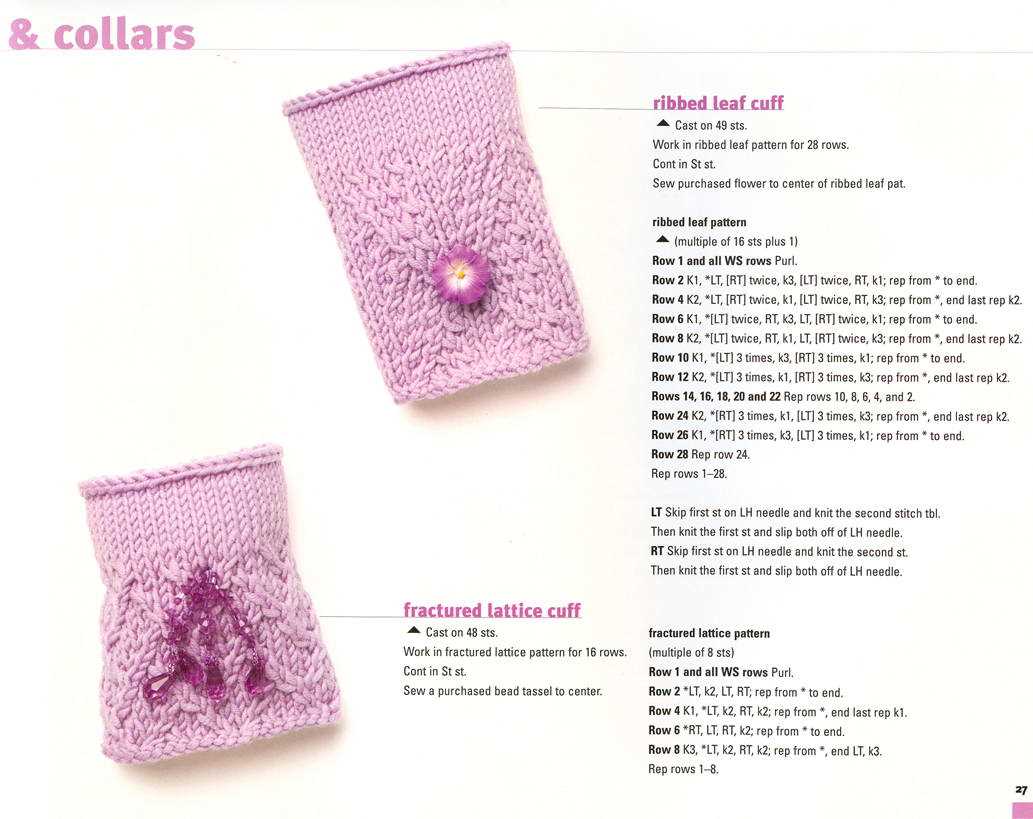
Working in pattern often involves complex stitch combinations, such as lace, cables, or colorwork. These elaborate designs require careful attention to detail and may involve working multiple stitches or rows at once. It’s important to follow the pattern instructions precisely, count stitches regularly, and use stitch markers or charts to keep track of the different elements of the pattern.
4. Fixing mistakes

Mistakes happen to even the most experienced knitters. When working in pattern, it can be challenging to identify and correct mistakes, especially in intricate designs. It’s important to practice patience and have the necessary skills and tools to fix mistakes, such as using a lifeline or carefully unraveling and reknitting sections. Taking the time to fix mistakes will ensure that your finished project looks polished and professional.
Overall, working in pattern in knitting requires attention to detail, patience, and practice. By being mindful of these common challenges, you can overcome them and create beautiful knitted projects with intricate designs.
Tips to maintain consistency while working in pattern

When knitting a pattern, maintaining consistency is key to achieving a professional and polished finished product. Here are some tips to help you stay on track and keep your knitting in pattern.
1. Use stitch markers
Stitch markers are invaluable tools for keeping track of stitch counts and pattern repeats. Place a stitch marker after each repeat or every few stitches to visually separate sections of the pattern. This will make it easier to spot any mistakes or deviations from the pattern.
2. Read the pattern carefully
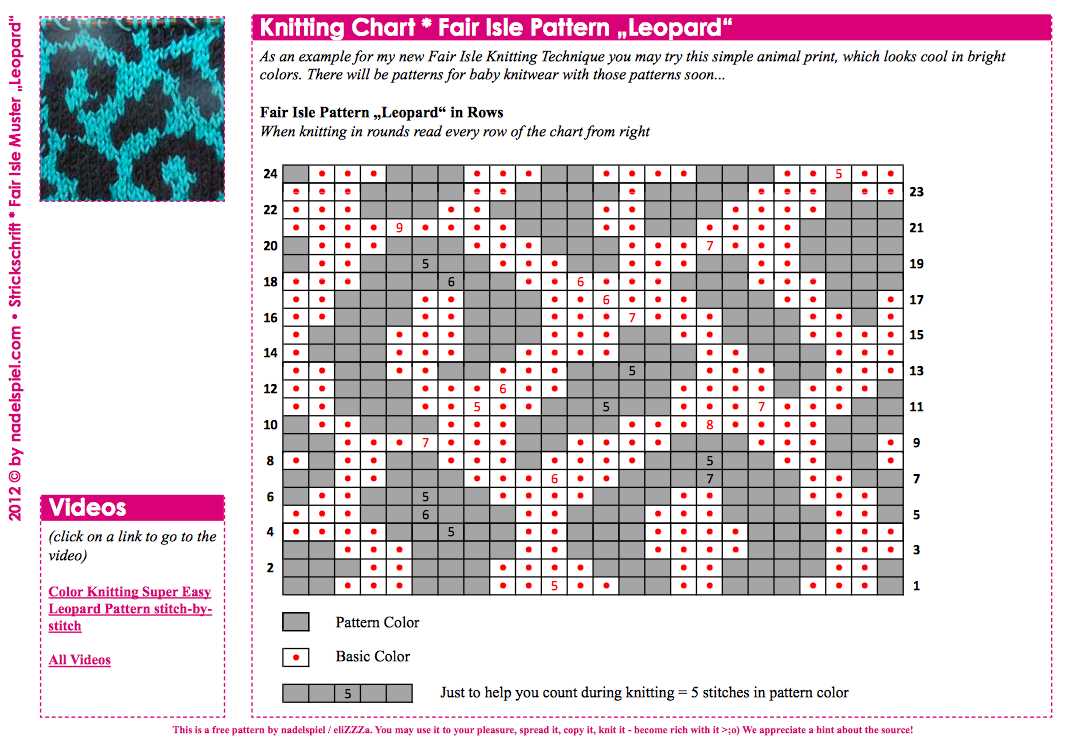
Before you begin working on a pattern, make sure to thoroughly read through the instructions. Take note of any specific instructions for stitch patterns or changes in stitch count. Understanding the pattern beforehand will help you anticipate what comes next and avoid mistakes.
3. Use a row counter
A row counter is a handy tool to help you keep track of the rows you have completed. This is especially useful for patterns with complex stitch patterns or multiple repeats. By using a row counter, you can easily refer back to the pattern and know exactly where you are in the pattern repeat.
4. Check your work regularly
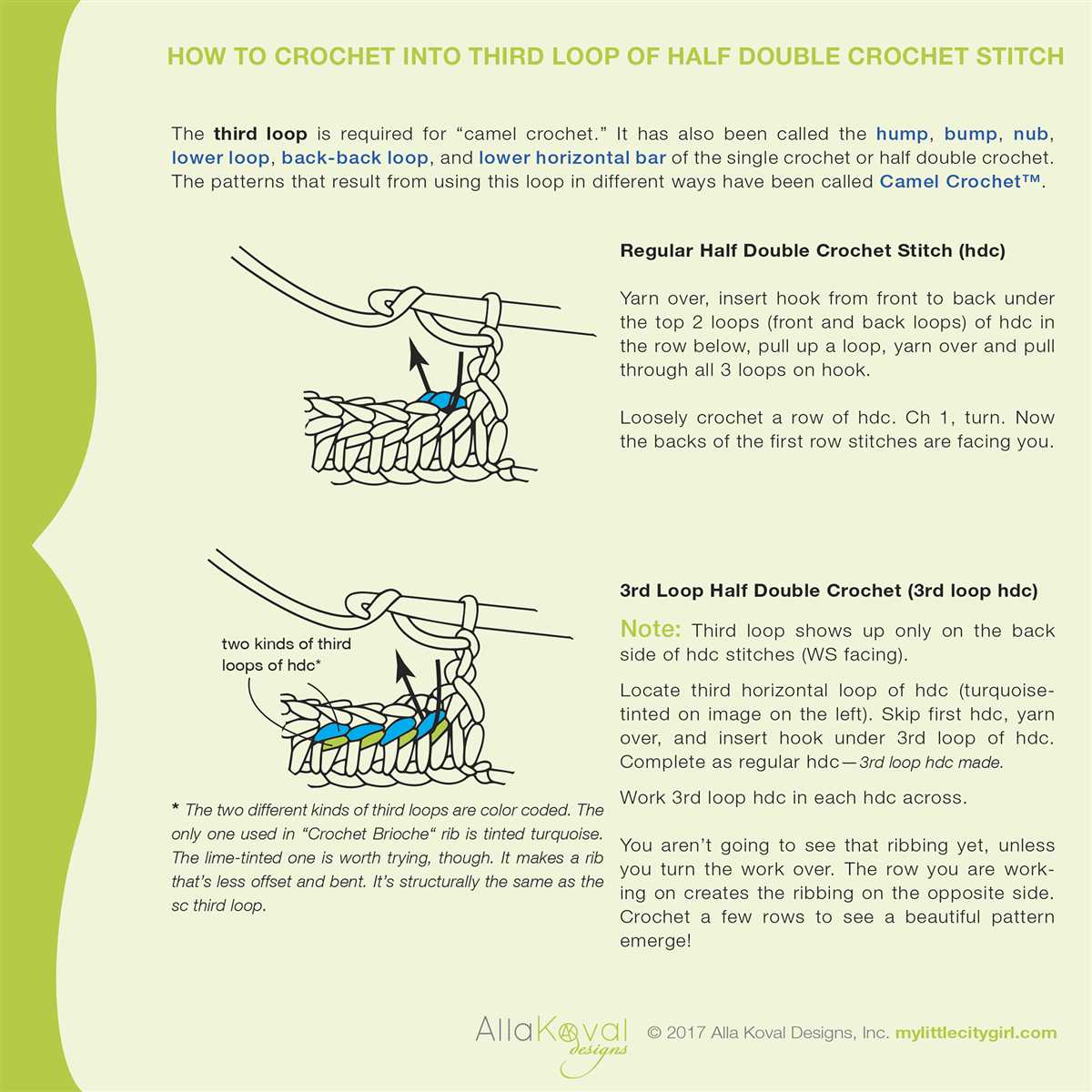
Periodically checking your work is important to catch any mistakes or errors early on. Take the time to examine your stitches and compare them to the pattern instructions. This will help you spot any inconsistencies or mistakes and make any necessary corrections.
5. Take notes
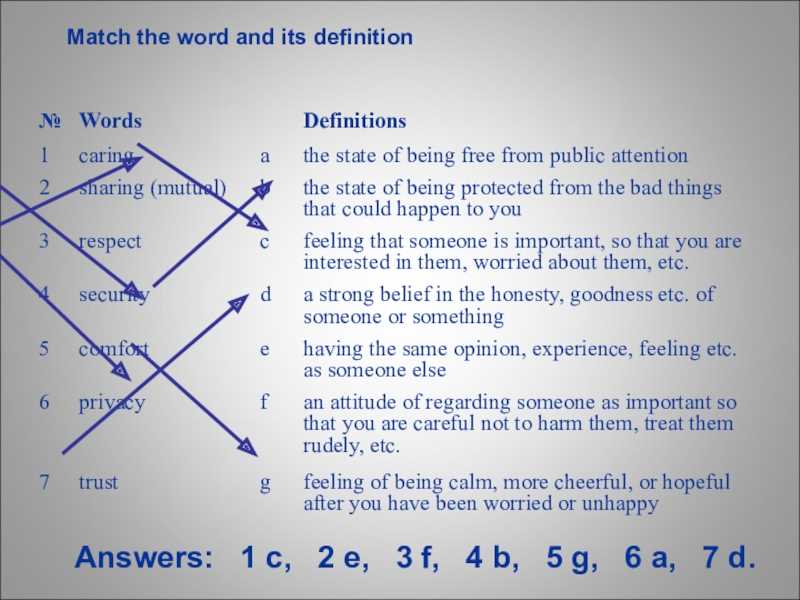
If you are working on a complex pattern, it can be helpful to take notes as you go along. Jot down any modifications you make, keep track of your row counts and pattern repeats, and note any areas where you struggled or encountered issues. These notes will serve as a reference for future projects and help you maintain consistency throughout your knitting.
By following these tips, you can ensure that your knitting stays in pattern and achieve a beautiful finished result. Remember to take your time, be patient, and enjoy the process of creating something unique with your own hands.
How to read a pattern and work in pattern simultaneously
When knitting, it is important to be able to read and understand the pattern instructions to successfully create the desired design. At the same time, it is also necessary to pay attention to the pattern itself and work in pattern. Here are some tips on how to read a pattern and work in pattern simultaneously.
1. Familiarize yourself with the pattern

Before starting your project, take the time to read the pattern from beginning to end. Look for any abbreviations or special stitches that may be used throughout the pattern. Familiarize yourself with the overall structure and layout of the pattern, paying attention to repeated sections or motifs.
2. Keep track of your progress
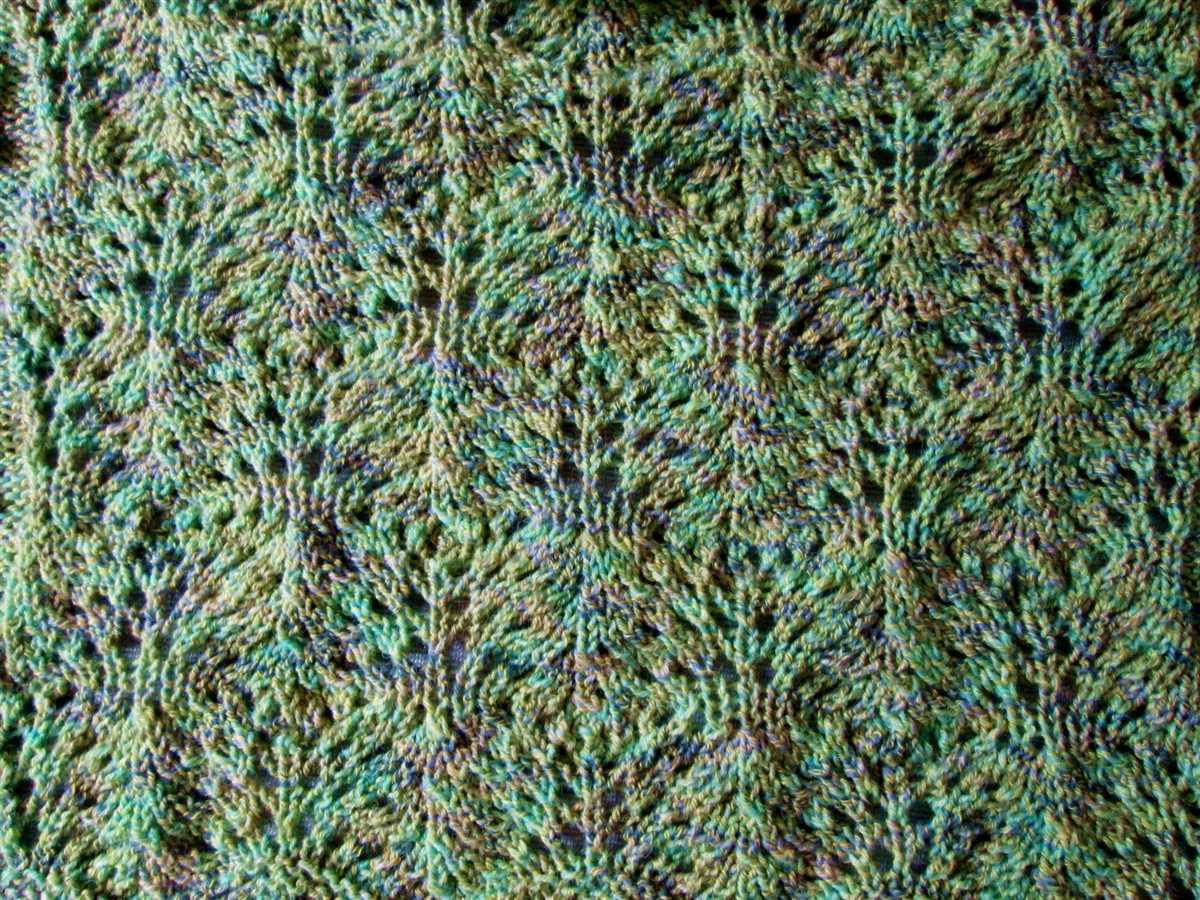
As you work through the pattern, it is important to keep track of your progress. Use stitch markers or a row counter to keep track of where you are in the pattern. This will help you stay on track and ensure that you don’t miss any important steps or repeats.
3. Pay attention to pattern-specific instructions
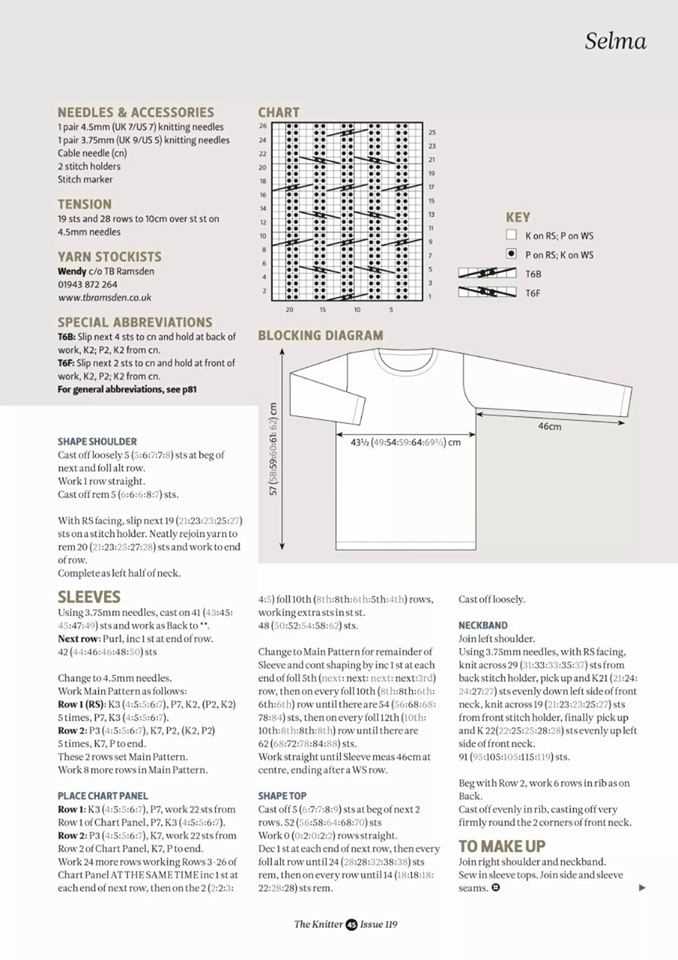
When reading the pattern, make sure to pay attention to any specific instructions or notes that are provided. Some patterns may have specific techniques or stitches that need to be used in certain sections. Make note of any special instructions and refer back to them as you work through the pattern.
4. Work in pattern
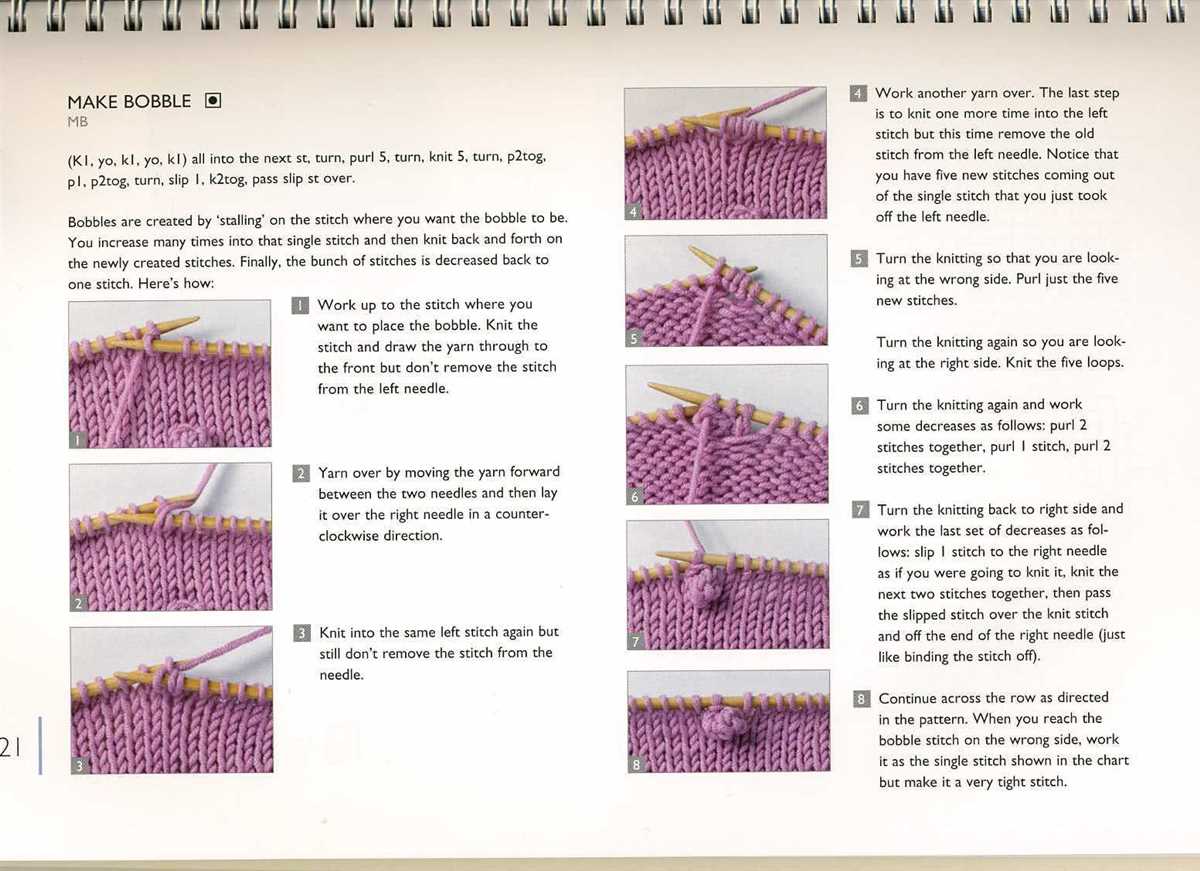
While following the pattern, it is important to work in pattern to create the desired design. This means following the instructions for each row or round, and repeating any sections or motifs as specified in the pattern. Pay attention to any stitch patterns or color changes that are indicated, and work them accordingly.
By familiarizing yourself with the pattern, keeping track of your progress, paying attention to pattern-specific instructions, and working in pattern, you can successfully read and follow a pattern while creating a beautiful knitted item.
Examples of different stitch patterns

In knitting, there are numerous stitch patterns that can be used to create various designs and textures in your knitted projects. These patterns can range from simple and basic stitches to more intricate and complex designs.
1. Stockinette Stitch

The stockinette stitch is one of the most common and versatile stitch patterns in knitting. It is created by knitting one row and purling the next, resulting in a smooth and even fabric with a distinct “V” pattern on one side and a flat appearance on the other side. The stockinette stitch is commonly used for sweaters, scarves, and other garments.
2. Garter Stitch
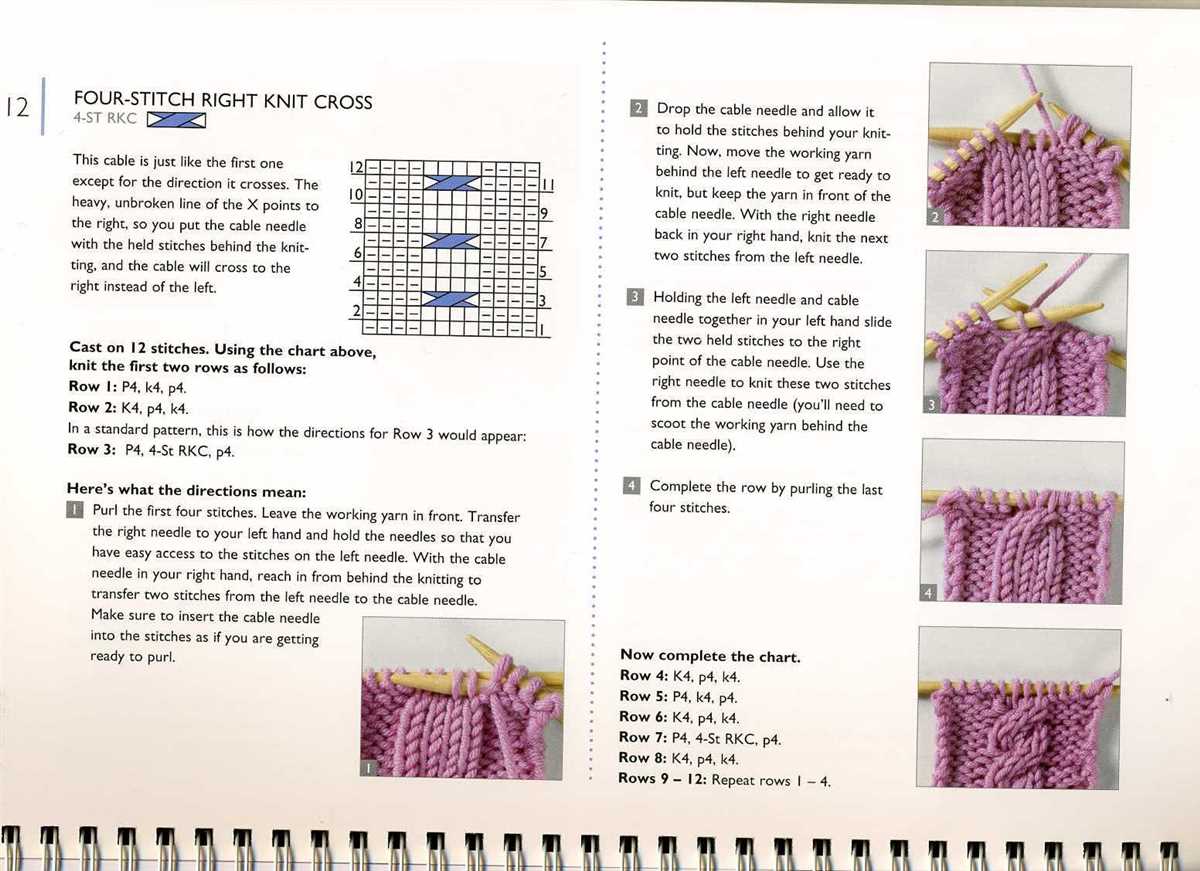
The garter stitch is another simple and easy stitch pattern that is perfect for beginners. It is created by knitting every row, resulting in a fabric with ridges on both sides. The garter stitch is often used for blankets, scarves, and dishcloths.
3. Seed Stitch
The seed stitch is a textured stitch pattern that creates a bumpy and dense fabric. It is created by alternating between knit and purl stitches in a specific pattern. The seed stitch is great for adding texture and visual interest to your knitting projects, such as hats, cowls, and mittens.
4. Cable Stitch
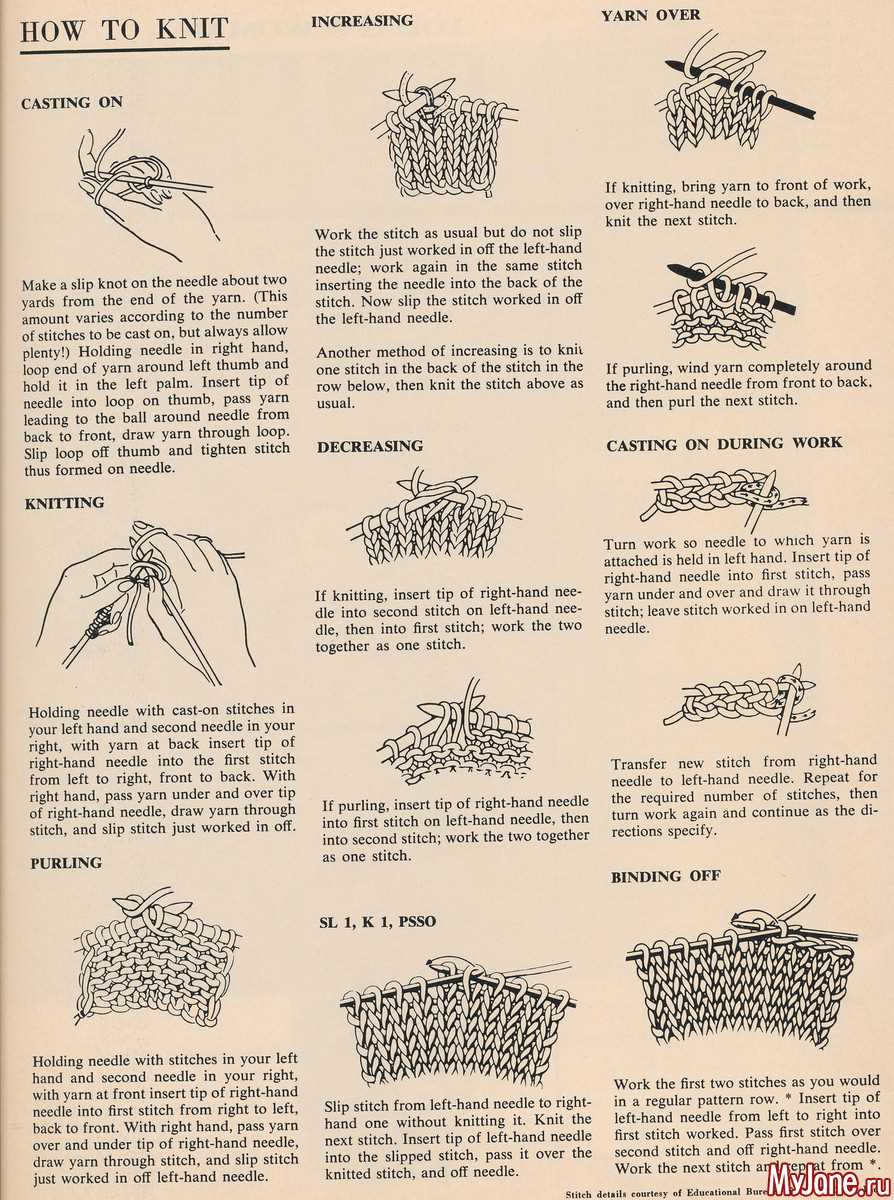
The cable stitch is an intricate and decorative stitch pattern that creates the appearance of twisted or braided cables. It is created by crossing a certain number of stitches over each other, usually with the help of a cable needle. The cable stitch is often used to create beautiful patterns on sweaters, cardigans, and scarves.
5. Lace Stitch
The lace stitch is a delicate and feminine stitch pattern that creates an open and airy fabric with intricate lace designs. It is created by a combination of yarn overs, decreases, and other specific stitch manipulations. The lace stitch is commonly used for shawls, wraps, and lightweight garments.
These are just a few examples of the many stitch patterns that can be used in knitting. By experimenting with different stitch patterns, you can create unique and personalized knitted projects with stunning designs and textures.
How to modify a pattern while working in pattern
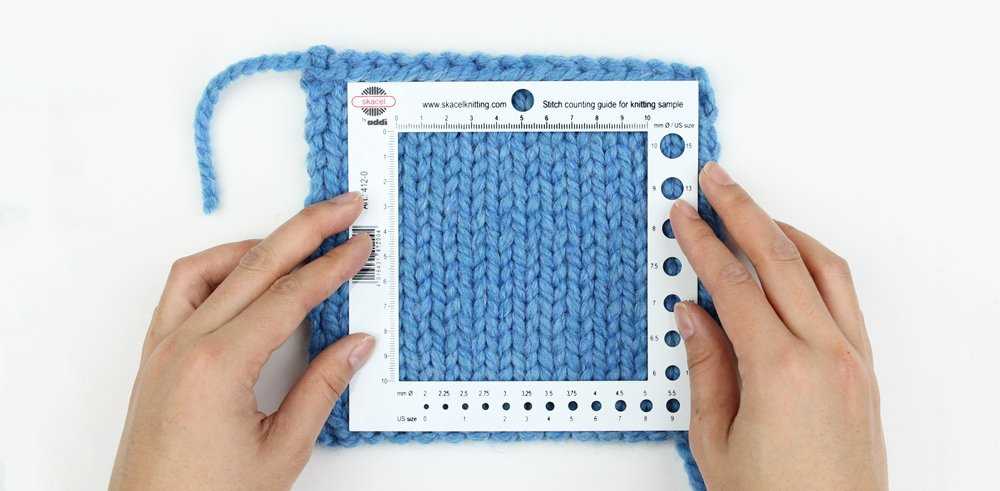
When knitting a pattern, it is not uncommon to want to make modifications to suit your personal preferences or to adjust the fit. Fortunately, it is possible to modify a pattern while still working in pattern. This allows you to create a garment that is uniquely yours without having to start from scratch.
One way to modify a pattern is by adjusting the size. This can be done by changing the number of stitches or rows. To increase the size, you can add extra stitches or rows, while to decrease the size, you can remove stitches or rows. It is important to note that adjusting the size may affect the overall look of the pattern, so it is advisable to make a gauge swatch before making any modifications.
If you want to modify the design of the pattern, you can do so by changing the stitch pattern or the colorwork. For example, if the pattern calls for a basic stockinette stitch, you can substitute it with a lace pattern or a cable pattern to add more interest to the design. Similarly, you can experiment with different color combinations to create a unique colorwork effect.
When modifying a pattern, it is essential to keep track of your changes to ensure consistency throughout the project. You can use stitch markers or write down your modifications in a notebook to keep track of the changes you made. It is also helpful to refer to a stitch dictionary or knitting resource guide for inspiration and guidance on modifying stitch patterns.
Overall, modifying a pattern while working in pattern allows you to tailor the garment to your liking and showcase your creativity. Whether you want to adjust the size, change the design, or experiment with different techniques, working in pattern provides you with the flexibility to create a truly unique and personalized knitting project.
Working in Pattern with Different Knitting Techniques
When working in pattern in knitting, it refers to following a specified set of instructions or stitches that are repeated across rows or rounds. This helps create the desired design or texture in the knitted fabric. Working in pattern requires careful attention to detail and an understanding of different knitting techniques.
One common technique used when working in pattern is stranded colorwork, also known as Fair Isle knitting. This technique involves using multiple colors of yarn in the same row to create intricate and colorful designs. To work in pattern with stranded colorwork, knitters need to carry the non-working yarn across the back of the work, catching it every few stitches to prevent long floats or loops.
Another technique often used in pattern is lace knitting. Lace patterns typically involve a combination of yarn overs, decreases, and increases to create an open and airy fabric. When working in lace, it is important to carefully follow the pattern instructions and keep track of stitch counts to ensure the correct placement of yarn overs and decreases.
Working in pattern can also involve cable knitting, where stitches are crossed over each other to create intricate cables. Cable patterns often require the use of a cable needle to hold stitches temporarily while other stitches are worked. Knitters need to carefully follow the cable chart or written instructions to create the desired cable pattern.
Overall, working in pattern with different knitting techniques requires attention to detail and practice. By understanding the specific techniques and following the pattern instructions carefully, knitters can create beautifully textured and intricate designs in their knitted projects.
Benefits of working in pattern
Working in pattern in knitting offers several benefits that can enhance the overall knitting experience and the quality of the finished project. Here are some of the main advantages:
-
Consistency: Working in pattern allows for consistent and even stitches throughout the project. By following a set pattern, you can ensure that each stitch is executed correctly and maintain a consistent tension. This can result in a neater and more professional-looking finished product.
-
Efficiency: When you work in pattern, you don’t have to constantly refer to the pattern instructions or count stitches, as you become familiar with the pattern repetition. This saves time and allows you to focus more on the actual knitting process.
-
Engagement: Following a pattern can be mentally stimulating and engaging. It keeps your mind active as you anticipate the next stitches or design elements in the pattern. This can make knitting more enjoyable and help you stay focused on the project.
-
Accurate sizing and shaping: Working in pattern ensures that you maintain the correct stitch count and achieve accurate sizing and shaping. Patterns often include instructions for increases, decreases, and shaping, which are crucial for achieving the desired fit and structure of the finished garment or accessory.
-
Variety and creativity: Knitting in pattern allows you to explore a wide range of stitch patterns and design elements. This opens up endless possibilities for creating unique and interesting textures, patterns, and motifs in your projects. It gives you the opportunity to showcase your creativity and make each project truly one-of-a-kind.
In conclusion, working in pattern not only improves the quality and consistency of your knitting, but it also adds an element of engagement and creativity to the process. Whether you’re a beginner or an experienced knitter, incorporating patterns into your projects can enhance your skills and bring your knitting to new heights.